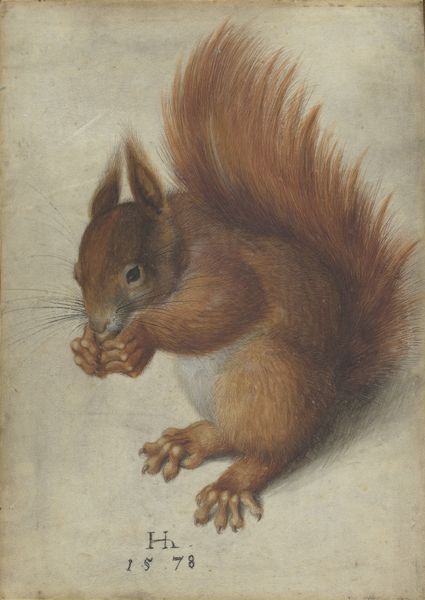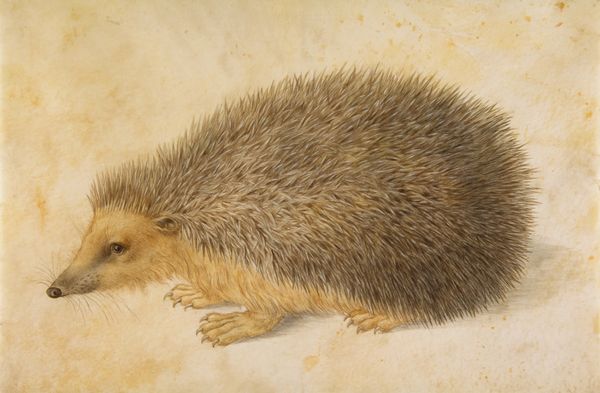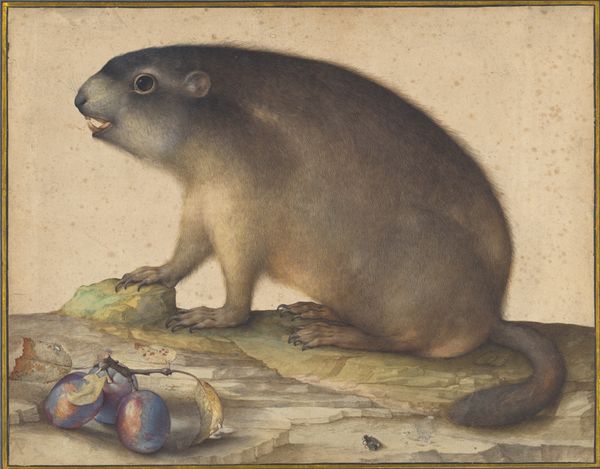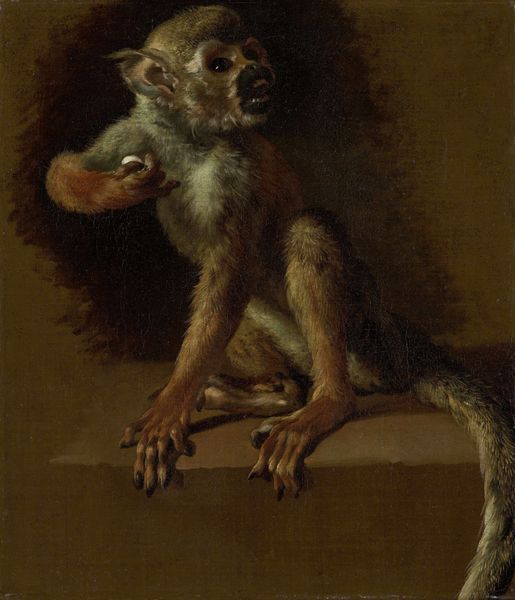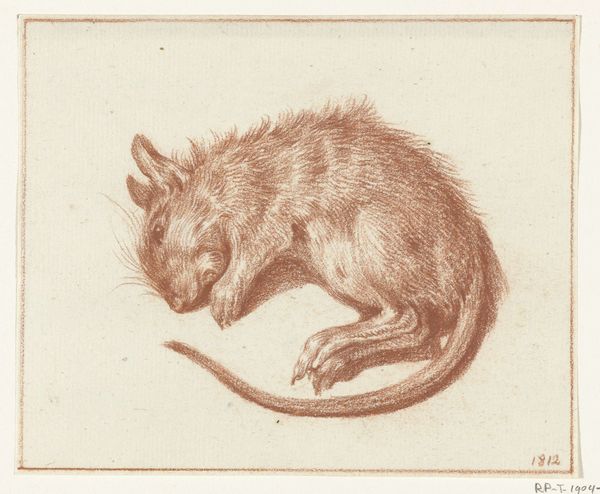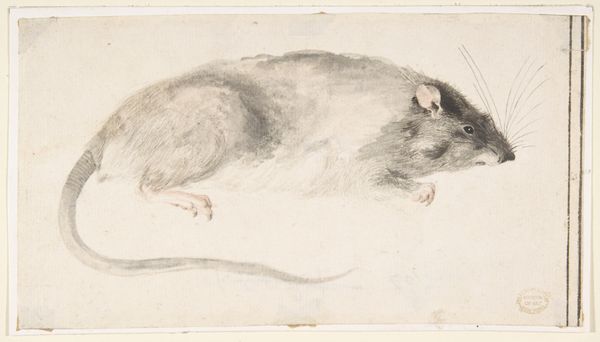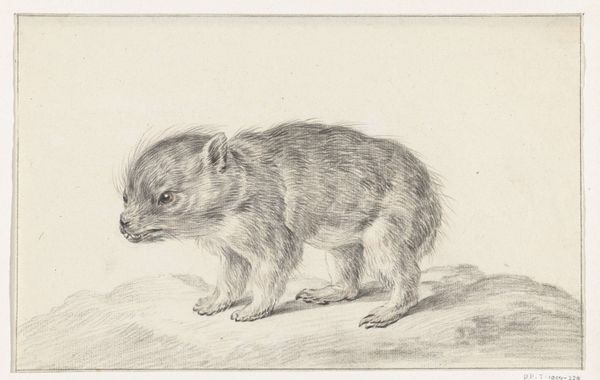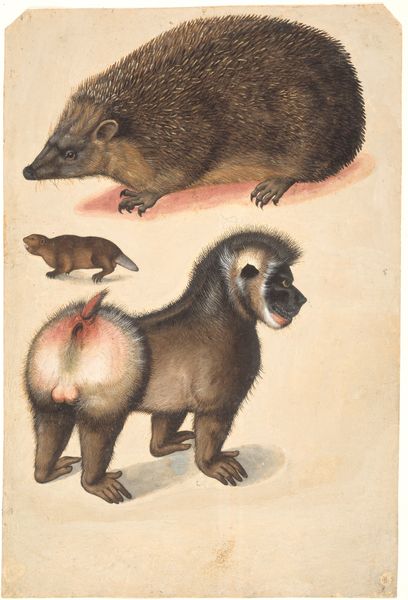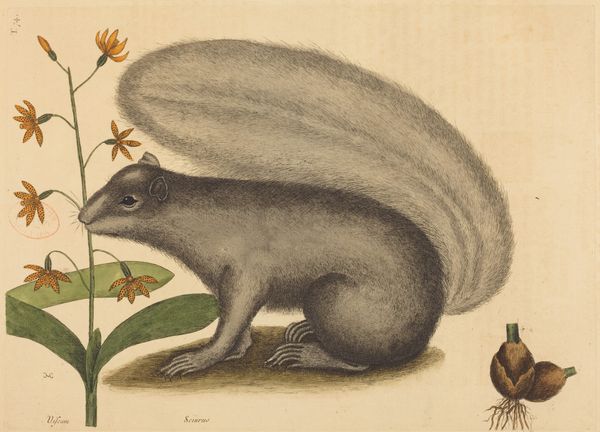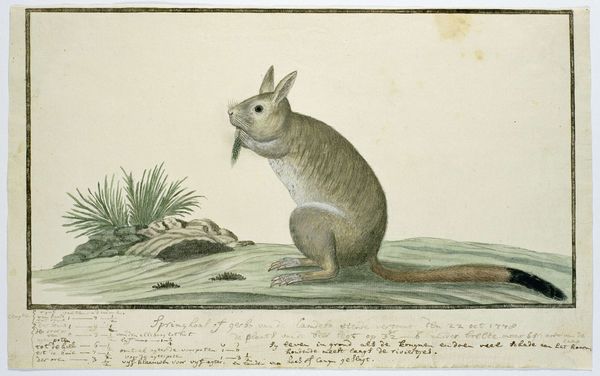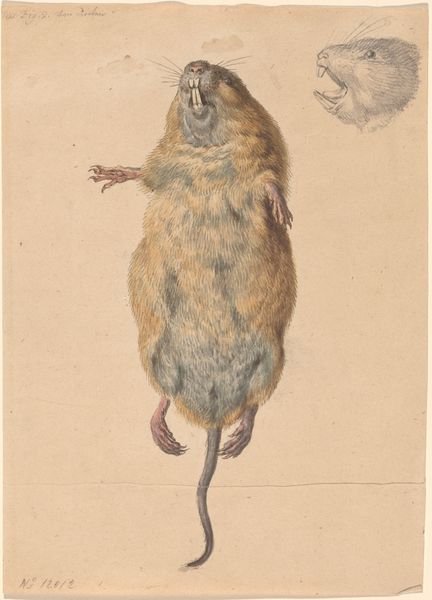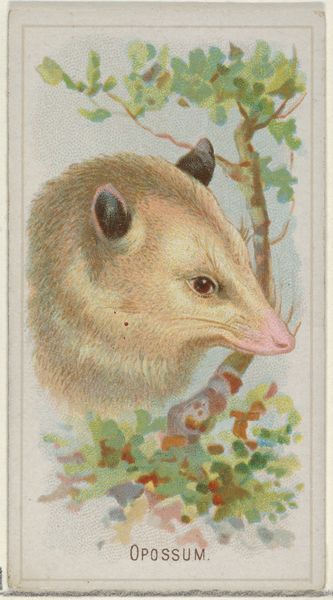
drawing, gouache
#
portrait
#
drawing
#
gouache
#
oil painting
#
watercolor
Dimensions: 322 mm (height) x 237 mm (width) (bladmaal)
Editor: This is "A Marten," made in 1567 by Christoph Amberger, using drawing and gouache. I'm struck by how realistic it seems for something made so long ago; it feels like I could reach out and touch its fur. What do you see in this piece, particularly in terms of its symbolism? Curator: A seemingly simple portrait of a marten becomes quite potent when we consider the animal’s symbolic history. Think of its pelt, traditionally a symbol of status and luxury across Europe. Beyond wealth, what inherent qualities might the marten embody for its viewers? Cunning, perhaps, agility? And how would those traits be interpreted through the lens of the 16th century? Editor: So, beyond just being a pretty picture of an animal, it could have been understood as representing power and cleverness? I guess that makes sense given how luxurious fur was back then. Curator: Precisely! Furthermore, consider the context. Renaissance art was frequently laden with symbolism. Animals, in particular, were potent signifiers. Are there classical associations we might be overlooking here? For instance, how would the viewer in 1567 interpret the inclusion, or, indeed, the exclusion of certain elements alongside the marten? Editor: That's really fascinating – I hadn't considered the potential layers of meaning embedded in what looks like a straightforward animal portrait. I learned that it’s vital to think about the cultural and historical associations attached to the subjects. Curator: Indeed. This image resonates not just as a visual representation, but as a vessel for cultural memory. It’s in exploring these symbolic echoes that we truly begin to understand a work of art.
Comments
No comments
Be the first to comment and join the conversation on the ultimate creative platform.
